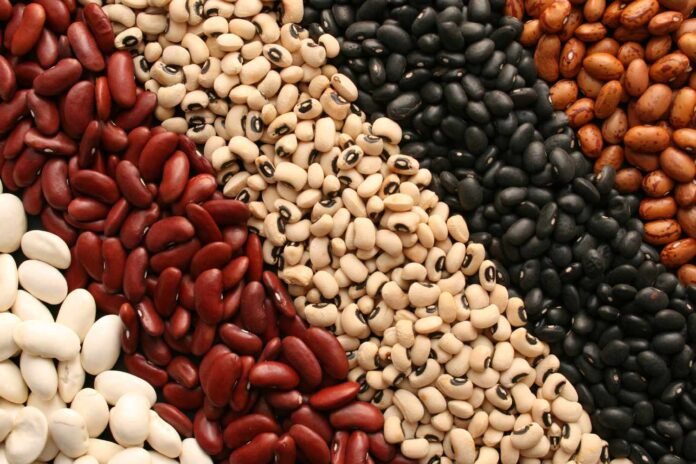If you’re aiming to eat healthier in 2025, it’s time to stock up on beans and lentils. These nutrient-dense legumes are finally getting their long-overdue moment in the spotlight. Often underestimated, beans and lentils are packed with plant-based protein, fiber, iron, magnesium, and more—making them one of the most powerful superfoods for overall health.
Despite their proven health perks, many Americans still fall short. According to the 2025 Dietary Guidelines Advisory Committee, 83% of people don’t eat the recommended 1–4 cups of legumes per day. That’s a missed opportunity for better health—and one that’s easy to fix.
🥣 Top Health Benefits of Eating Beans and Lentils
Beans and lentils aren’t just good—they’re great for your body. Here are the key health benefits of beans and legumes:
- Heart Health: Regular bean consumption helps lower LDL (bad) cholesterol and supports a healthier cardiovascular system.
- Cancer Prevention: Research links legume intake with reduced risk of colorectal cancer.
- Blood Sugar Balance: Despite being high in carbs, beans help stabilize blood glucose levels and may reduce the risk of type 2 diabetes.
- Weight Management: Bean-eaters tend to have healthier waist-to-hip ratios and lower overall body weight.
- Better Nutrient Intake: People who consume legumes regularly get more fiber, iron, calcium, and potassium than those who don’t.
🫘 Best Beans and Lentils to Add to Your Diet
Not sure where to start? Here are five nutrient-packed legumes that deliver impressive health benefits and are easy to prepare.
1. Lentils
- Nutrition per ½ cup (cooked): 8g fiber, 9g protein, plus iron, B vitamins, phosphorus, and magnesium
- Best Uses: Add to soups, salads, curries, or use as a meat substitute in sauces and burgers
- Why It’s Great: One of the best high-protein lentils for muscle recovery and energy
2. Black Beans
- Nutrition per ½ cup (canned): 6g fiber, 6g protein, rich in magnesium, folate, and thiamine
- Best Uses: Toss into tacos, salads, grain bowls, or blend into baked goods and veggie burgers
- Why It’s Great: Perfect for gut health thanks to their high fiber content
3. Cannellini Beans
- Nutrition per ½ cup: 5g fiber, 6g protein, 15% DV iron
- Best Uses: Excellent in soups like minestrone or puréed into a hummus-style white bean dip
- Why It’s Great: Creamy texture and holds its shape well—ideal for Mediterranean recipes
4. Chickpeas (Garbanzo Beans)
- Nutrition per ½ cup: 6g fiber, 7.5g protein, packed with iron, folate, and phosphorus
- Best Uses: Blend into hummus, roast for a crunchy snack, or toss into salads
- Why It’s Great: One of the most versatile legumes—perfect for sweet or savory dishes
5. Edamame (Young Soybeans)
- Nutrition per ½ cup: 11g protein, 4g fiber, plus folate, vitamin K, and magnesium
- Best Uses: Snack on them solo, or add to stir-fries, noodle dishes, or grain bowls
- Why It’s Great: Rich in isoflavones, which may help alleviate menopausal symptoms
🛒 Tips for Choosing Healthy Beans
When shopping for the healthiest beans, keep these tips in mind:
- Dried, canned, or frozen beans are all great—just avoid added sauces or high sodium levels.
- Look for “BPA-free” cans, since BPA is an endocrine disruptor.
- Rinse canned beans to reduce sodium before cooking or eating.
💡 Why Beans and Lentils Are the Ultimate 2025 Superfood
Beans and lentils are budget-friendly, environmentally sustainable, and incredibly nutritious. They’re a top source of plant-based protein, fiber, and essential minerals—nutrients that many Americans don’t get enough of. With growing awareness around sustainable eating and holistic wellness, expect to see these protein-rich legumes dominating 2025 grocery carts and recipe blogs.




